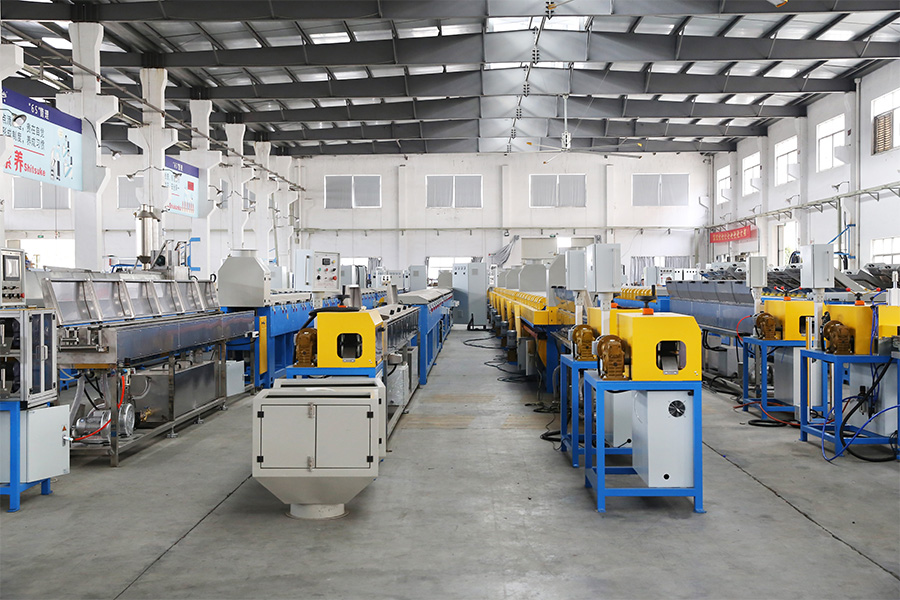Rubber Vulcanizing Machines: A Look into Technological Advancements
Rubber vulcanization is a key process in the production of rubber goods, as it transforms raw rubber into a durable and elastic material. Central to this process is the rubber vulcanizing machine, which has undergone significant advancements since its inception. Over the years, technological innovations have allowed vulcanizing machines to become more efficient, precise, and environmentally friendly.

The vulcanization process itself was discovered in the early 19th century by Charles Goodyear. He found that heating rubber with sulfur improved its durability and elasticity, a discovery that paved the way for the modern rubber industry. However, in the early stages, the equipment used to carry out this process was relatively simple and manually operated.
The rubber vulcanizing machines were essentially press machines that applied heat and pressure to rubber products, such as tires and gaskets, in molds. These machines were quite basic, relying on steam or hot water to generate heat, with the temperature and pressure controlled manually. While effective, these machines were often slow and labor-intensive, and their ability to maintain consistent quality across large production runs was limited.
As the demand for rubber products increased in the 20th century, so did the need for more efficient and reliable vulcanizing machines. The significant leap in vulcanizing machine technology came with the introduction of automation. Automated systems allowed for the consistent application of heat and pressure, reducing human error and increasing production speed.
With automated control systems, manufacturers were able to set specific parameters for each vulcanization cycle, such as temperature, pressure, and time. This precision ensured that the rubber products were uniformly vulcanized, resulting in higher-quality goods and fewer defects. Furthermore, automated systems allowed for more efficient use of energy, as heat and pressure could be applied only when necessary, reducing waste and improving the overall sustainability of the process.
The materials used in the construction of vulcanizing machines have also undergone significant improvements. In the early years, machines were made of heavy cast iron and steel, which, while durable, were prone to corrosion and required regular maintenance. Modern vulcanizing machines, however, are constructed using advanced alloys and coated materials that are resistant to corrosion and wear. These materials not only extend the lifespan of the machines but also reduce maintenance costs.
The design of the machines has also become more compact and user-friendly. Modern vulcanizing presses are often hydraulic, allowing for more precise control of the pressure applied to the rubber. Hydraulic systems are also more efficient, requiring less energy to operate compared to older mechanical systems. The ability to adjust pressure levels with greater precision ensures that the vulcanization process is optimized for different types of rubber and product specifications.
In recent years, digital control systems have become a common feature in rubber vulcanizing machines. These systems integrate computer-based technology to monitor and adjust the vulcanization process in real-time. Digital controls allow operators to program and store specific settings for various types of rubber products, making it easier to switch between different production runs without the need for extensive recalibration.
The introduction of advanced sensors and monitoring systems has further improved the consistency and efficiency of the vulcanization process. Sensors can measure key variables such as temperature, pressure, and humidity, providing real-time feedback to the control system. This data is then used to make automatic adjustments, ensuring that the vulcanization process remains within the parameters at all times.
One of the key benefits of digital systems is the ability to collect and analyze data for predictive maintenance. By monitoring the performance of the machine, digital systems can alert operators to potential issues before they breakdowns. This proactive approach to maintenance helps to reduce downtime and improve overall productivity.






 English
English 中文简体
中文简体 русский
русский



